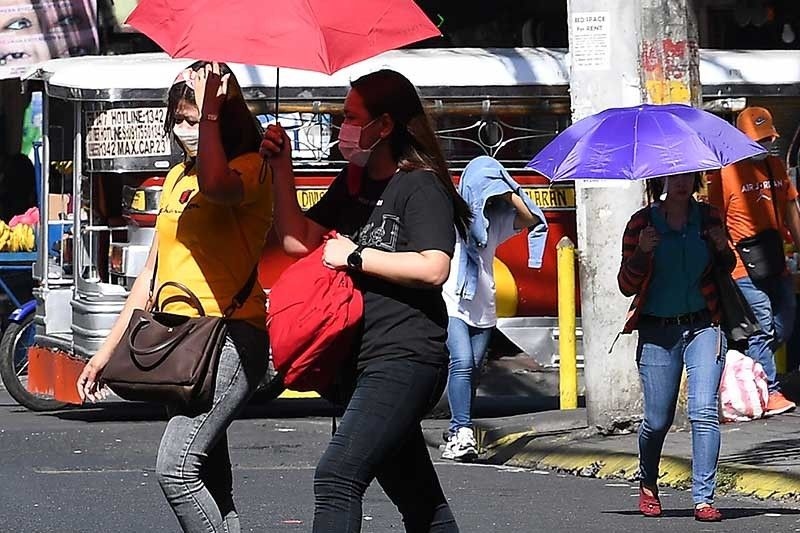The Philippine Atmospheric, Geophysical and Astronomical Services Administration said yesterday (April 30) that the country’s temperature index could reach an “extremely dangerous” 57 degrees Celsius after many parts of the country have been experiencing severe heat for weeks. Some areas have declared a state of natural disaster due to the El Nino phenomenon.
In Metro Manila, the heat index could reach 48 degrees Celsius after a high of 45 degrees Celsius was recorded on April 27. More than 40 other areas will experience “hazardous” heat index readings as El Niño and the dry season continue to affect the Philippines. The Philippine state weather bureau noted that the extreme heat will last until the second week of May. Over the weekend, the temperature index in Iba, Zambales hit 53 degrees Celsius in the “extremely dangerous” category, the first time the classification has been recorded this year.
The state weather bureau PAGASA said El Niño may be ending and a transition period from late May to July will begin, after which the Philippines will transition to a La Niña weather phenomenon. But despite the “weakening” of El Niño, the state weather bureau warned that hotter temperatures are likely to be recorded in May based on previous data. Previously, the highest extremely dangerous heat index was 57 degrees Celsius recorded on April 20, 2020 in San Jose (Occidental Mindoro).

With the severe heat wave in the Philippines, many areas have declared a state of calamity. At least 103 cities and towns have been declared a state of calamity due to El Niño while the number of people affected has reached 2.1 million. If a locality declares a state of calamity, it will have access to 5% of the Rapid Response Fund. Interior Secretary Benhur Abalos said he has been directed to ensure that the rapid response fund is provided to the affected areas.
According to the Department of Agriculture (DA), agricultural losses in 11 areas due to El Niño have increased to P4.39 billion, affecting 85,232 farmers and fishermen on 77,731 hectares of farmland. Rice production suffered P2.71 billion in losses, followed by high-value crops along with livestock, livestock, etc. The Department of the Interior is also actively implementing financial assistance programs for farmers in the affected areas.





